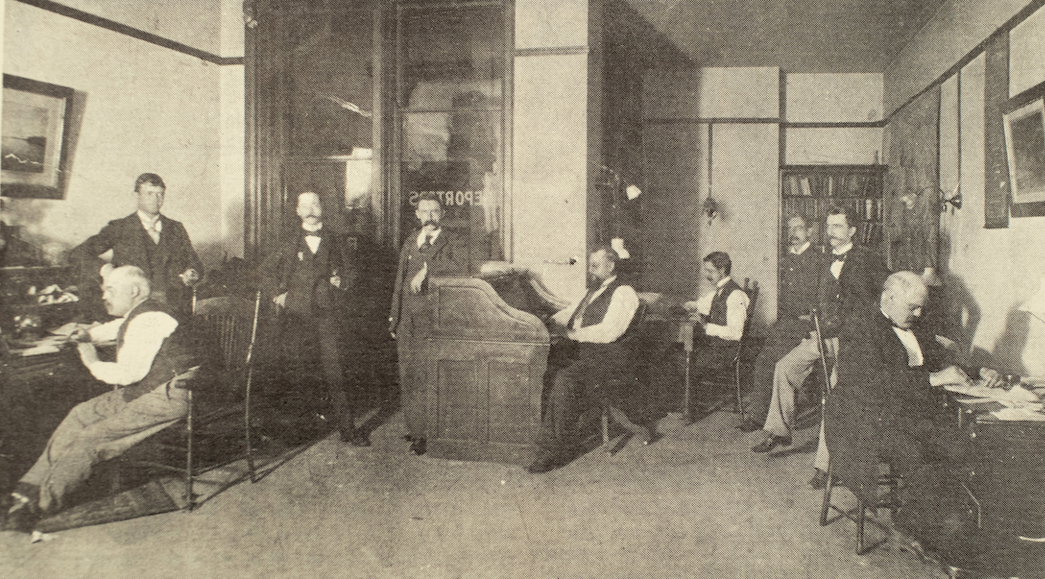Fire raced up the hill Wednesday night, gaining momentum toward Blair Road in Scotts Mills, as several dozen men worked on building a fire line. (1/11) 

“We probably had 20 to 30 people in there hand-falling timber,” said Mike Craig, who was operating an excavator at the time. “We were just ripping everything out of the ground and pushing it into the fire to make it contained.” (2/11)
Craig watched as flames licked the blade of a bulldozer that plowed toward the fire, the man in the cab silhouetted by the blaze. He snapped a photo with his phone, capturing a dramatic moment in the fight against the Beachie Creek fire. (3/11)
“It’s one of the greatest community togetherness events that I’ve witnessed,” Craig said. “And I think, the way that the world is now, why wouldn’t you start taking pictures of the greatness of this, and show people what happens when we come together?” (4/11)
These men aren’t firefighters. (5/11)
They’re heavy equipment operators, loggers, farmers and neighbors who refused to let their town burn. (6/11)
Scotts Mills is a small town of about 400 people, located in Marion County between Silverton and Molalla. (7/11)
The local man in the photo is Scott Kuenzi, general superintendent with K&E Excavating. Scott hasn’t come down from the hillside fire scene in days, and cell phone reception in the area is spotty. (8/11)
But @Oregonian was able to reach his wife, Rebecca Kuenzi, who received a forward of Craig’s photo. (9/11)
"I said, ‘I hope that’s not Scott,’ and the person that took the photo replied and said, ‘Oh yeah, that’s your husband.’
“And I said, ‘shoot.’” (10/11)
“And I said, ‘shoot.’” (10/11)
But Rebecca Kuenzi wasn’t surprised at her husband’s actions.
Read the full story: trib.al/1pzEiV6 (11/11)
Read the full story: trib.al/1pzEiV6 (11/11)
Our work is made possible by our subscribers. A digital subscription is just $10/month. It’s quick and easy to subscribe: oregonlive.com/digitalsubscri…
• • •
Missing some Tweet in this thread? You can try to
force a refresh










